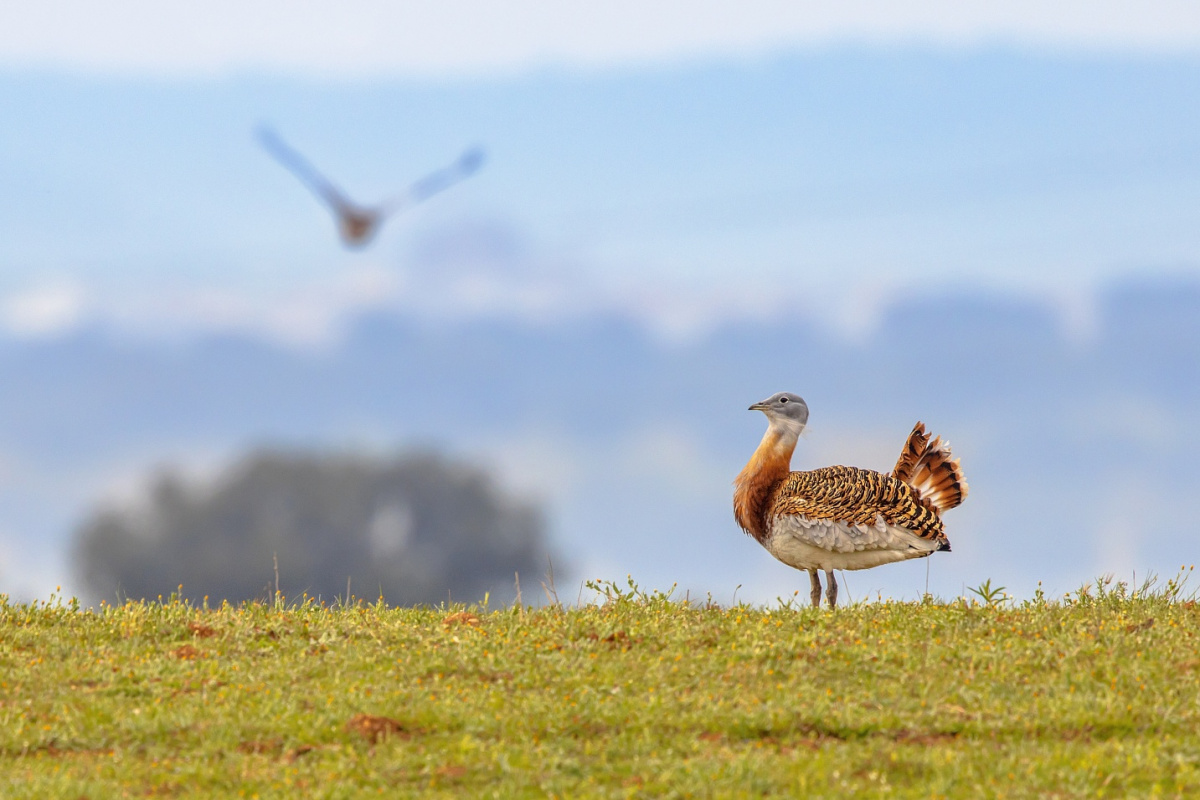

The press service of the Roscongress Foundation announced that the authorities of Kalmykia have developed a project for a program to restore the great bustard population in the Northwestern Caspian region. This bird occupies a unique place in the ecosystem of semi-deserts and steppes. The restoration of its population is necessary not only to preserve biodiversity but also to support traditional falconry, as the great bustard is a key link in maintaining populations of birds of prey.
To create a sustainable great bustard population in the Northwestern Caspian region, it is planned to artificially breed this bird in specialized nurseries with subsequent release of individuals into the wild. In particular, a specialized center for the reintroduction and conservation of this species is planned to be created in Kalmykia. The Eastern Center for the Conservation and Breeding of Birds from the UAE has already expressed its readiness to finance this project.
As part of the program, the network of specially protected natural areas that ensure the preservation of key nesting sites for the bustard will be improved. In addition, regular scientific research and population monitoring using GPS technologies are planned.
The program is designed for 25 years and will be implemented in three stages. In the first stage, scientists will assess the conditions necessary for the release of birds, identify suitable territories for this, and conduct experimental releases in the eastern regions of the republic. In the second stage, a Great Bustard Reintroduction Center will be created, test releases of bred birds will continue, the network of specially protected natural areas will be expanded, and monitoring of the adaptation of birds in nature will continue. At the third stage, birds will be released annually, and scientists will monitor their survival.
In November last year, the first test batch of great bustards was released into the wild in the steppes of Kalmykia. 20 birds were delivered to the republic from the "Emirati Center for Bird Breeding and Conservation" in Uzbekistan. In June 2024,a second test release of such birds took place in Kalmykia.
 Blogs
Blogs
